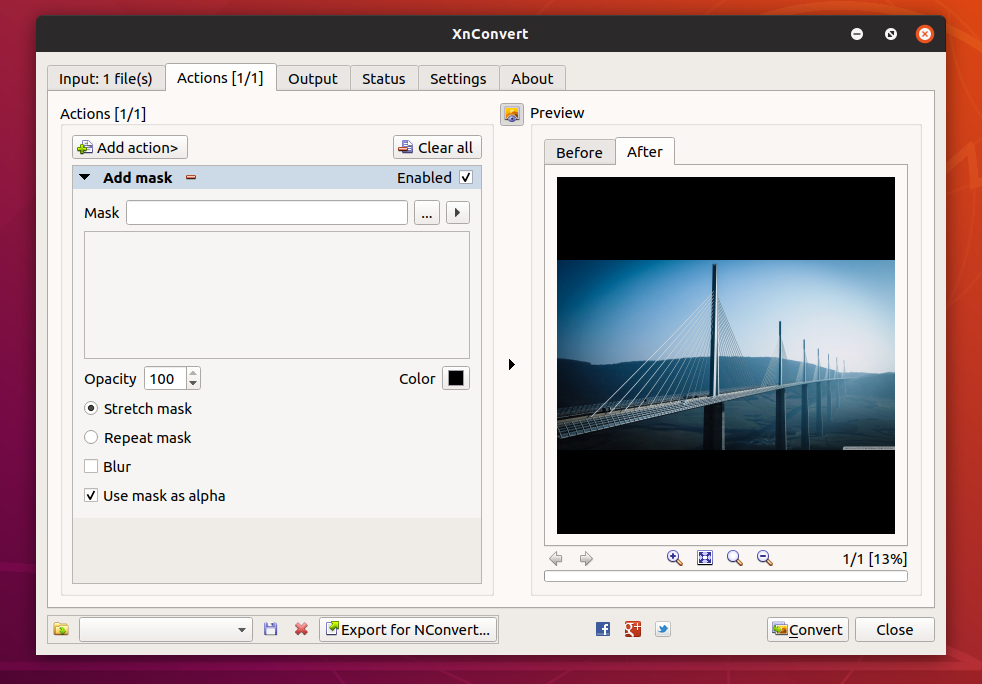
:max_bytes(150000):strip_icc()/xnconvert-56a6fad15f9b58b7d0e5d179.png)
These slides are distributed across diverse curatorial groups (e.g. We estimate that the NHM holds 2.4 million microscope slides in its collection. One of the aims of the DCP is to develop new digitisation workflows to speed up the efficiency of mass digitisation. In 2014, the Natural History Museum, London (NHM) embarked on an ambitious Digital Collections Programme (DCP) to digitise its collections, estimated to comprise 80 million specimens. The greatest barrier to this digital transformation is the relatively low proportion of specimens, especially entomological specimens, that have digital data ( Sikes et al. It is now possible to construct datasets with millions of records, with global coverage, drawing on a mix of historical and contemporary observations of species to address questions such as why the natural world is changing, how humans are influencing this change and what we might do to minimise this loss ( Purvis et al. These digital copies not only provide an unprecedented level of access to data that has hitherto been restricted to those with privileged physical access to the specimens, but the scope, scale and speed with which new digital records can be acquired, are transforming our understanding of the natural world. We provide data on the comparative efficiency of these processes, illustrating how simple activities, like automated file renaming, reduces image post-processing time, minimises human error and can be applied across multiple collection types.ĭigital surrogates of natural history specimens, comprising a combination of specimen data and images, are creating new audiences and new research opportunities for natural history collections ( Drew et al.
#XNCONVERT SCRIPTS FILE READ SERIES#
unique identifier, location in the collection and taxonomic name), we can run a series of automated processes, including file renaming, image processing and bulk import into the NHM’s collection management system. By using a series of barcodes encoding information associated with each slide (i.e. Here we describe a novel process of semi-automated mass digitisation using both temporary and permanent barcode labels applied before and during slide imaging.

This paper presents the workflow developed to digitise the entire Phthiraptera (parasitic lice) microscope slide collection (70,663 slides). One aim of the programme has been to improve the workflows and infrastructure needed to support high-throughput digitisation and create comprehensive digital inventories of large scientific collections. The Natural History Museum, London (NHM) has embarked on an ambitious programme to digitise its collections.


 0 kommentar(er)
0 kommentar(er)
